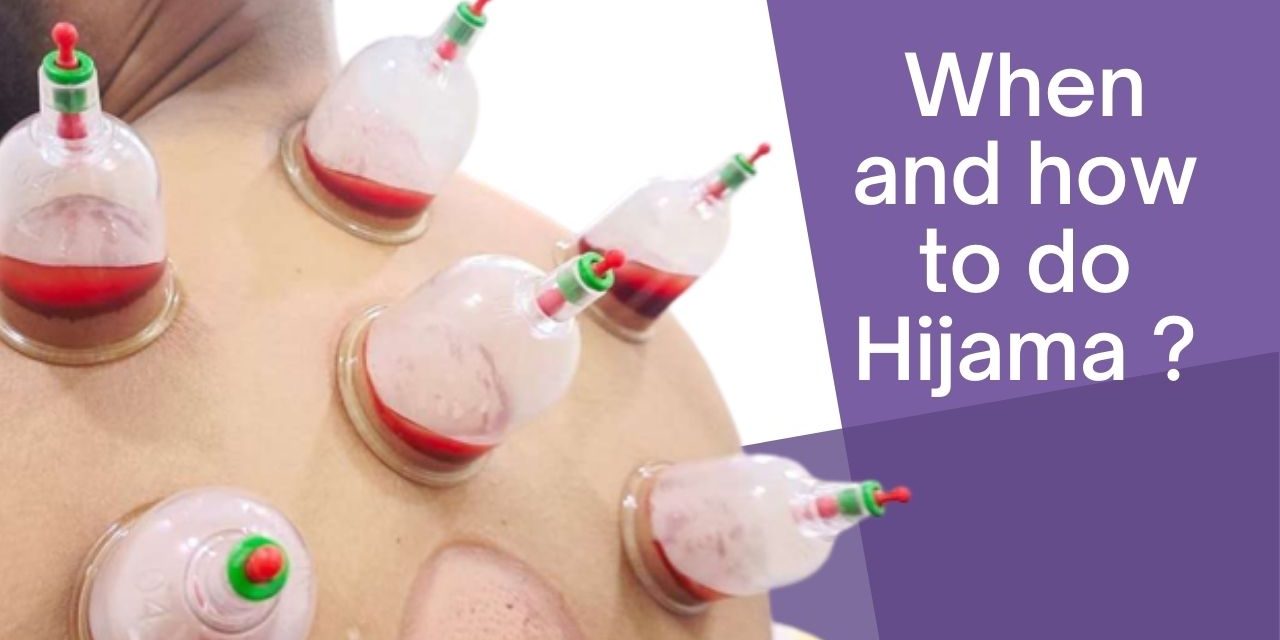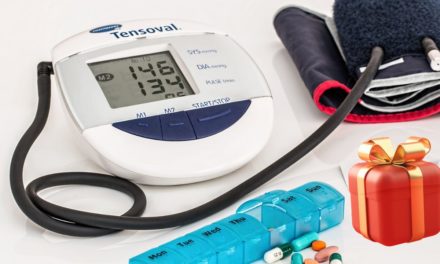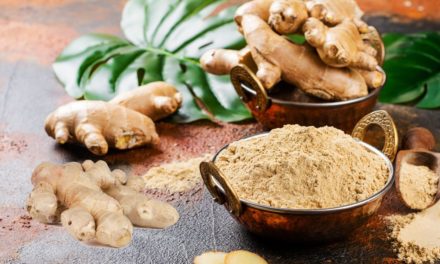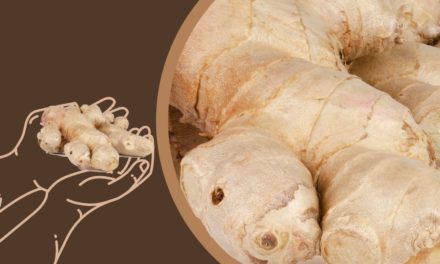The Art of Hijama Cupping: Time and Technique
Introduction
Hijama Cupping, an ancient healing practice with roots in various cultures, has gained popularity in recent times as a natural and holistic healing method. The procedure involves the application of cups to specific areas of the body to create vacuum, draw out impurities and promote overall health. Understanding when and how to perform hijama sungi is crucial to ensure effectiveness and safety. In this article, we explore the best times and techniques for this traditional therapy.
When to do hijama cupping.
Best Time of Day: Traditional practitioners often recommend applying Hijama Sangi at certain times of the day when the body’s energy and blood flow are at their peak. Ideally, the best time is early morning or late afternoon when the body’s energy levels are high, and the stomach is relatively empty.
Lunar Calendar:
Some experts believe that circumcision gives better results if performed on specific days of the silver calendar. In traditional Islamic medicine, the 17th, 19th and 21st of the lunar month are considered very auspicious for performing hijama.
Health conditions:
Hijama cupping can be done as a preventive measure or to address specific health concerns. For chronic conditions or general health care, it is recommended to undergo therapy once every three to six months. For severe problems, hijama can be done more frequently, as advised by a qualified practitioner.
Seasonal Considerations:
Some cultures suggest that hijama cupping may produce better results in certain seasons, such as spring and fall. These seasons are considered transition times and are believed to enhance the body’s response to therapy.
Hijama cupping method
Preparation:
Before proceeding with hijama cupping, make sure the practitioner is experienced and follows proper hygiene and safety protocols. The patient’s medical history should be reviewed, and any contraindications to the transfusion should be noted.
Choice of cup:
Traditionally, cups made of glass, bamboo or plastic are used for hijama. Glass cups are preferred because of their ability to create a strong vacuum. Cups are available in different sizes, and the practitioner chooses the appropriate one based on the area being treated.
Cupping procedure:
The practitioner places the cup on the skin and creates a vacuum using heat or a suction pump. The cup is left in place for a few minutes to draw out impurities and stimulate blood flow.
Removal and Aftercare:
After the required time, the cup is gently removed, and the treated areas are covered with a clean dressing. The patient is advised to keep the area warm and protected, avoiding exposure to cold or wind.
Hydration and rest:
After hijama cupping, it is important for the patient to stay hydrated and get adequate rest. Adequate hydration supports the body’s natural detoxification process, while rest allows the body to heal and recover.
Result
Hijama cupping is a time-honored treatment that provides numerous health benefits when performed with care and precision. The timing of hijama cupping plays an important role in its effectiveness, taking into account the time of day, the lunar calendar, and the patient’s state of health. Adherence to proper technique and hygiene protocols ensures a safe and effective procedure. Before undergoing hijama cupping, consult a qualified practitioner who can assess your individual needs and guide you through this ancient healing art. With the right approach, Hijama Cupping can be a valuable addition to your journey to better health.










